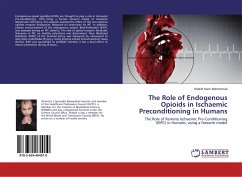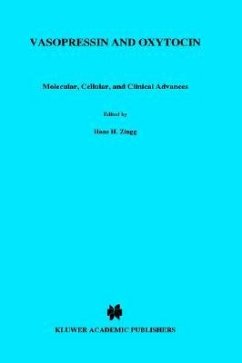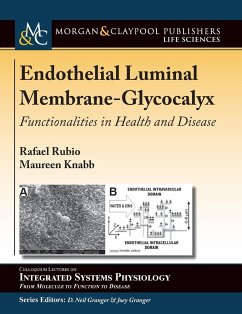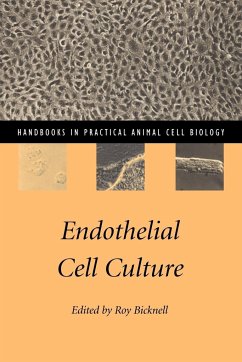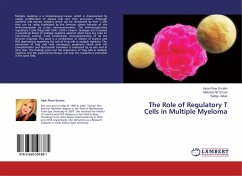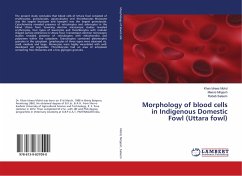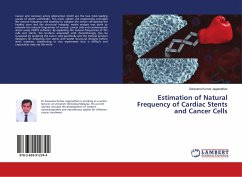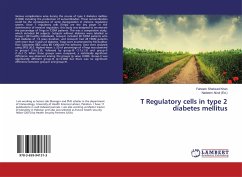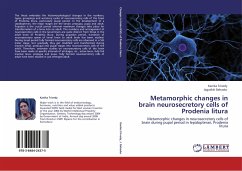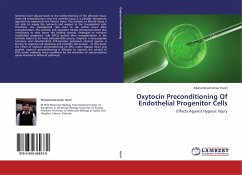
Oxytocin Preconditioning Of Endothelial Progenitor Cells
Effects Against Hypoxic Injury
Versandkostenfrei!
Versandfertig in 6-10 Tagen
36,99 €
inkl. MwSt.

PAYBACK Punkte
18 °P sammeln!
Ischemic heart disease leads to the malfunctioning of the affected tissue. Stem cell transplantation near the ischemic tissue is a possible therapeutic approach to regenerate the fibrotic tissue. The ischemic or fibrotic tissue is not able to supply the nutrients and oxygen to the transplanted cells. Therefore, the transplanted cells start to die within hours after transplantation. The ischemic and apoptotic hostile microenvironment also contributes to slow down the healing process. Strategies to enhance endothelial progenitor cells (EPCs) survival after transplantation in the ischemic tissues...
Ischemic heart disease leads to the malfunctioning of the affected tissue. Stem cell transplantation near the ischemic tissue is a possible therapeutic approach to regenerate the fibrotic tissue. The ischemic or fibrotic tissue is not able to supply the nutrients and oxygen to the transplanted cells. Therefore, the transplanted cells start to die within hours after transplantation. The ischemic and apoptotic hostile microenvironment also contributes to slow down the healing process. Strategies to enhance endothelial progenitor cells (EPCs) survival after transplantation in the ischemic tissues so far have achieved little success. Oxytocin a nano-peptide hormone and mitochondrial ATP-sensitive potassium channel opener is known to suppress cell apoptosis and promote cell survival. . In this study, the effect of oxytocin preconditioning on EPCs under hypoxic injury was studied. oxytocin preconditioning is effective to improve the survival of EPCs under oxidative stress conditions bythe activation of cyto-protective genes involved in different pathways.



